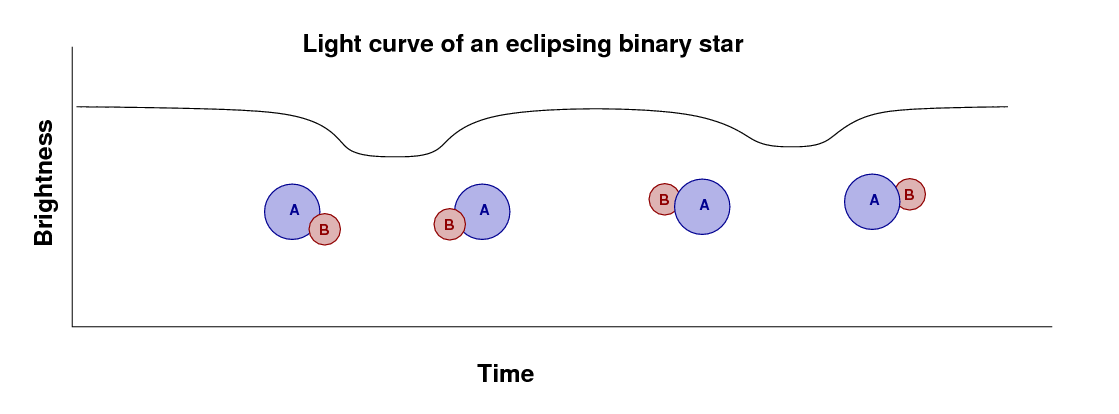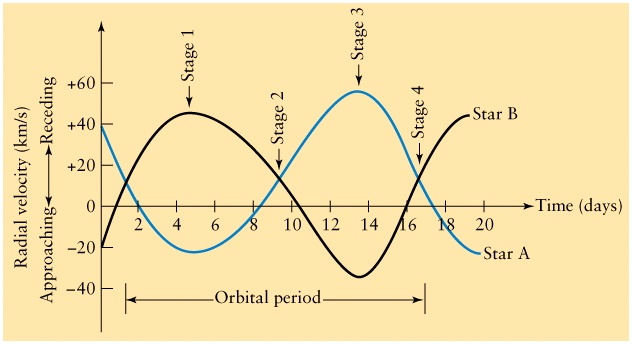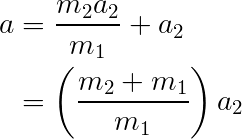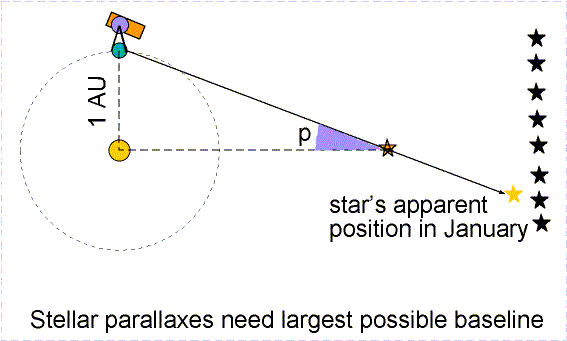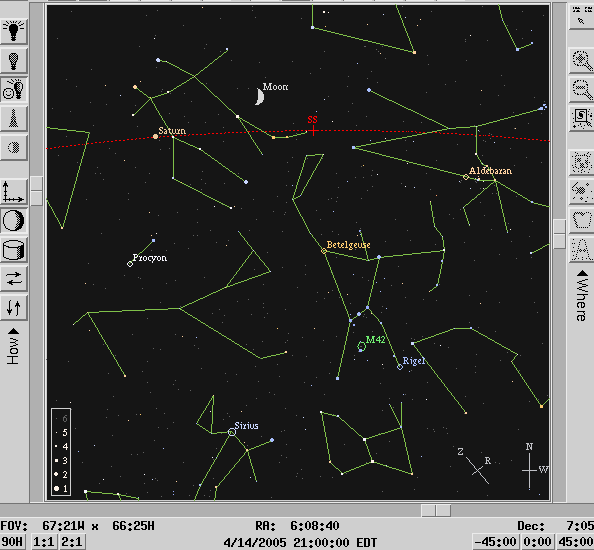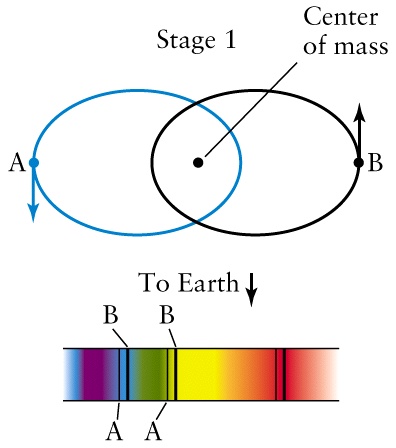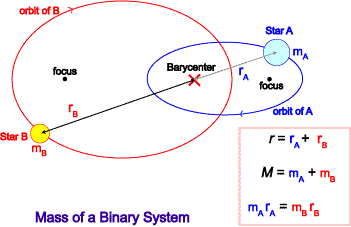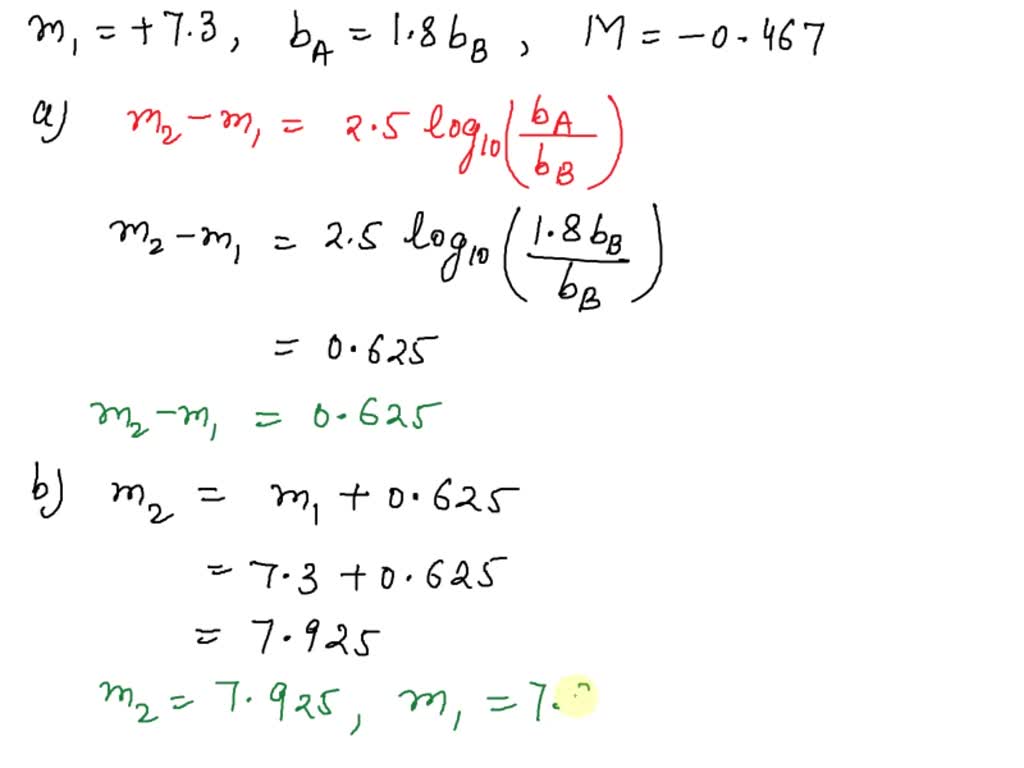
SOLVED: An unresolved binary star system is observed with a magnitude of +7.3. (a) Based on stellar models, astronomers estimate that star A is 1.8 times brighter than star B. What is

Binary stars and clusters Chapter 11. Review Properties of stars –apparent brightness (apparent magnitude) measure energy/area/second –luminosity (absolute. - ppt download






